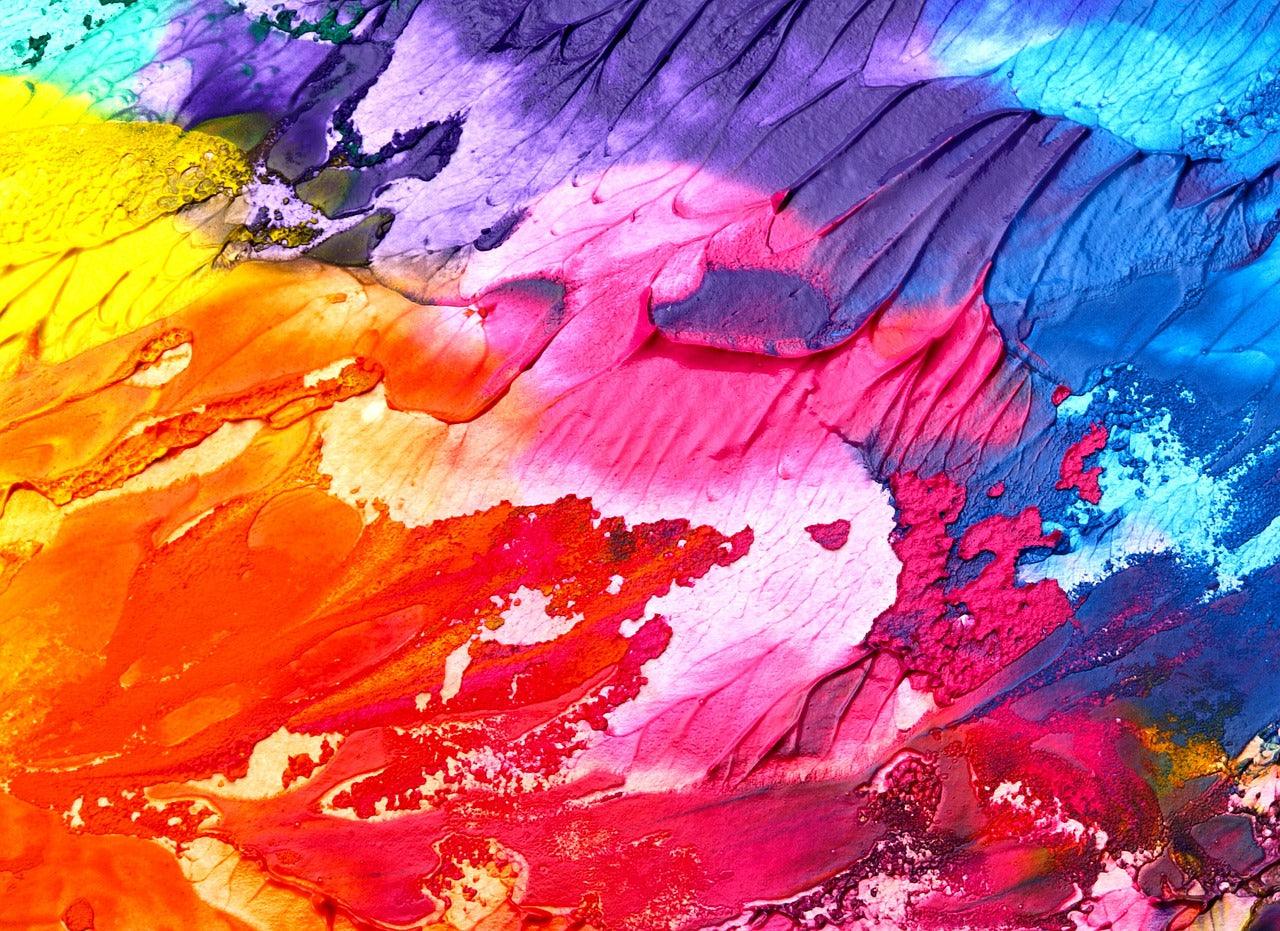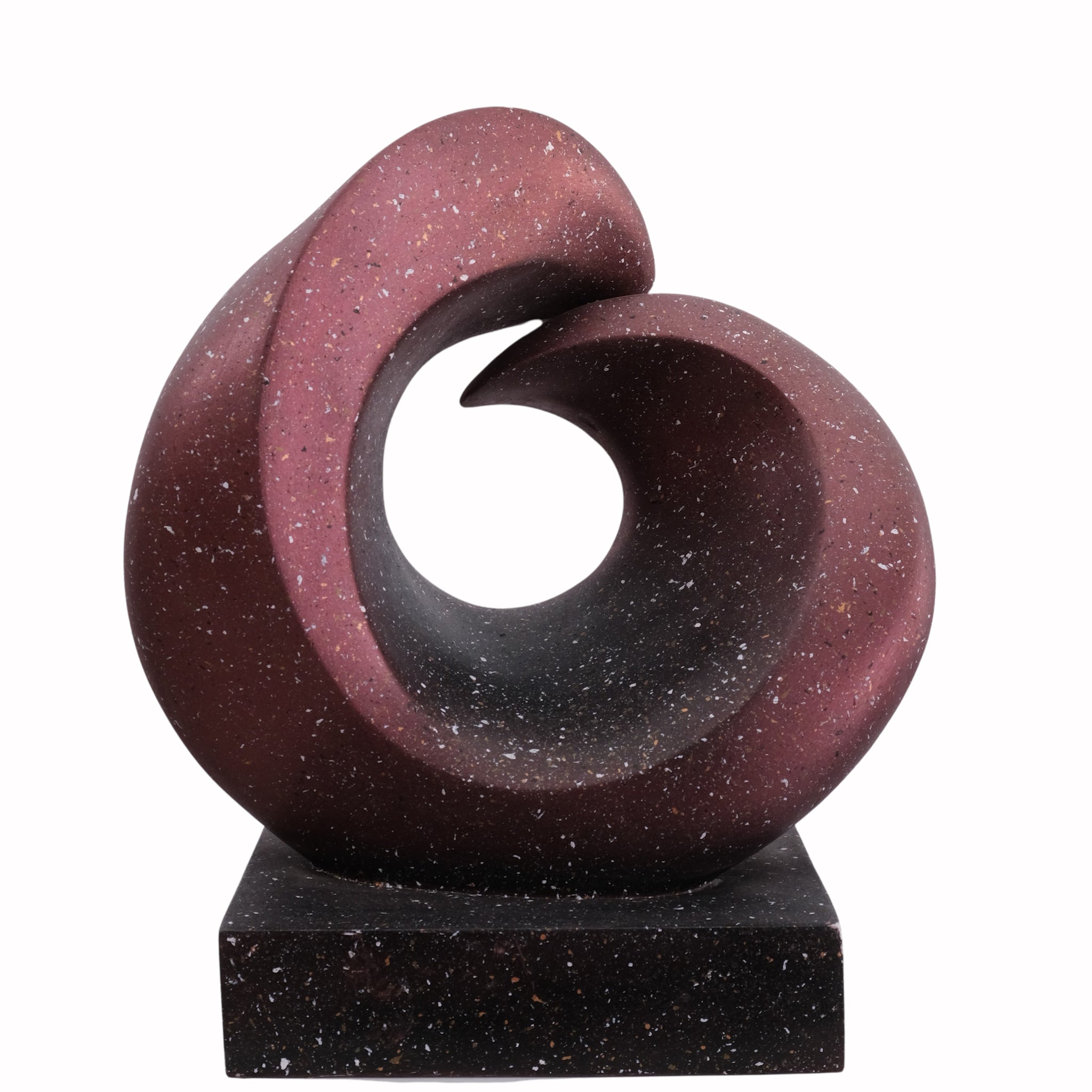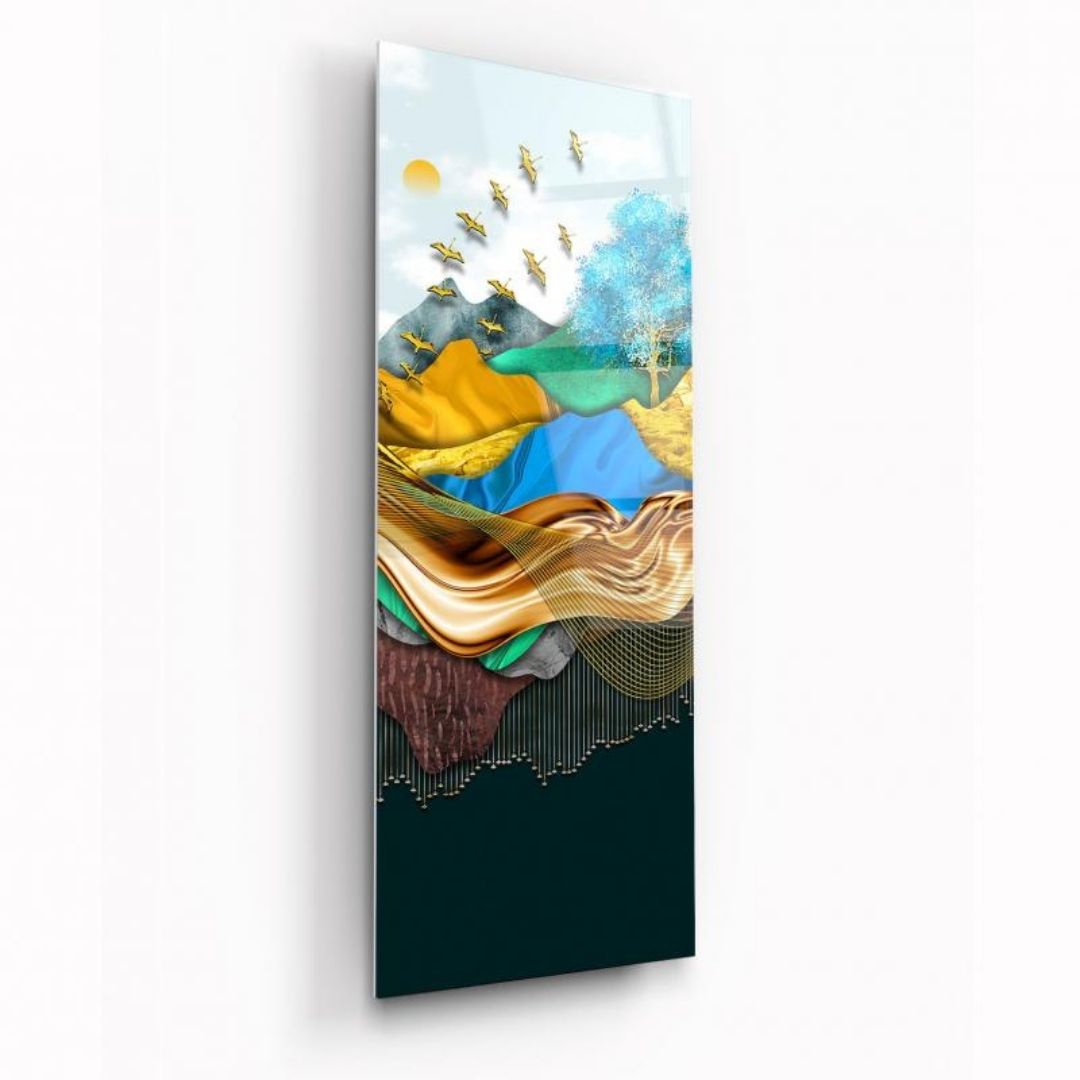Introduction to Rose Drawing
Drawing has always been a form of artistic expression that allows us to capture the essence and beauty of the world around us. One particular subject that has captivated artists for centuries is the rose. Renowned for its elegance, fragrance, and symbolism, the rose has become a timeless muse for painters, illustrators, and art enthusiasts alike. In this article, we will delve into the intricate world of rose drawing, exploring the various techniques, styles, and materials needed to create stunning renditions of this exquisite flower.

The Symbolism of Roses in Art
Before we embark on our artistic journey, it is essential to understand the symbolism that roses hold in the realm of art. The rose is often associated with love, beauty, and passion, making it a popular subject for romantic and sentimental artwork. In religious and spiritual contexts, the rose is also seen as a symbol of purity, divinity, and resurrection. By incorporating roses into your drawings, you can infuse your artwork with profound meaning and evoke emotions in the viewer.

Materials Needed for Rose Drawing
To bring your rose drawings to life, you will need a few essential materials. First and foremost, a high-quality set of drawing pencils is crucial. These will allow you to achieve various shades and textures in your artwork. Additionally, you will need a sketchbook or drawing paper to serve as your canvas. Opt for a heavyweight paper that can withstand the pressure of shading and blending techniques. Other materials, such as an eraser, pencil sharpener, and blending tools, may also come in handy during the drawing process.
Step-by-Step Guide on How to Draw a Rose

Now that we have our materials ready, let's dive into the step-by-step process of drawing a rose. Begin by lightly sketching the basic shape of the rose using simple geometric forms. Next, add the petals, starting from the center and radiating outwards. Pay attention to the curves, folds, and overlapping nature of the petals to create a realistic effect. Once the petals are in place, refine the details by adding the stamen, thorns, and leaves. Finally, use shading and blending techniques to add depth and dimension to your drawing, bringing the rose to life on the paper.
Tips for Drawing a Realistic Rose

Drawing a realistic rose can be a challenging task, but with the right techniques and a keen eye for detail, you can achieve stunning results. Here are a few tips to help you along the way:
Study the Anatomy: Take the time to closely observe the structure and anatomy of a real rose. Notice how the petals curve and overlap, the intricate patterns of the stamen, and the delicate veins on the leaves. Understanding these details
will enable you to recreate them accurately in your drawing.
Use Reference Images: Referencing photographs or real-life roses can provide valuable insights into the subtle nuances of color, texture, and form. Don't be afraid to study reference images and incorporate their elements into your artwork.

Master Shading Techniques: Shading is key to creating depth and dimension in your rose drawing. Experiment with different shading techniques, such as cross-hatching, stippling, and blending, to achieve realistic shadows and highlights.
Adding Depth and Shading to Your Rose Drawing

To elevate your rose drawing from a flat illustration to a three-dimensional masterpiece, mastering depth and shading is essential. Begin by identifying the light source in your artwork, as this will determine the placement of shadows and highlights. Use light, feathery strokes to gradually build up layers of shading, paying attention to the subtle variations in tone. For the petals, create depth by shading the inner areas more heavily and leaving the outer edges lighter. Don't forget to add shadows to the leaves and stems for a realistic touch. With practice and patience, you will be able to infuse your rose drawings with a sense of depth and realism.
How to Draw a Rose in Different Styles

Drawing a rose doesn't have to be limited to realistic representations. Exploring different styles can add versatility and creativity to your artistic repertoire. Here are a few popular styles to consider.
Geometric Abstraction: Transform the intricate beauty of a rose into a simplified geometric form. Emphasize the basic shapes and angles, giving your drawing a modern and abstract twist.
Minimalism: Strip away the intricate details and focus on the essential elements of the rose. Use clean lines and negative space to create a minimalist interpretation that captures the essence of the flower.

Impressionism: Draw inspiration from the Impressionist movement and create a rose drawing that focuses on capturing the play of light, color, and movement. Use loose brush strokes and vibrant colors to convey the impression of a rose rather than a precise representation.
Exploring Different Color Techniques for Rose Drawing

While drawing a rose using only graphite can result in stunning monochromatic artwork, incorporating color can add a new dimension to your drawings. Experiment with different color techniques to bring your roses to life. Consider using colored pencils, watercolors, or even digital tools to add vibrant hues and gradients to your artwork. Whether you choose to create a realistic color palette or opt for more imaginative and surreal tones, the possibilities are endless when it comes to coloring your rose drawings.
Drawing a Rose in a Heart Shape

For those seeking a romantic or symbolic touch, drawing a rose in the shape of a heart can be a beautiful representation of love and affection. Start by sketching the outline of a heart shape, ensuring that the proportions are pleasing to the eye. Next, draw the rose within the heart, allowing the petals to follow the curves of the shape. Pay attention to the details of the rose, such as the stamen and leaves, to maintain a realistic appearance. Once complete, you will have a heartfelt and visually captivating drawing that celebrates the beauty of love and the rose.
Conclusion: Celebrating the Beauty of Rose Drawing

In conclusion, rose drawing is a captivating art form that allows us to express our admiration for the beauty and symbolism of this exquisite flower. By understanding the techniques, materials, and styles associated with rose drawing, artists can create stunning and meaningful artwork that resonates with viewers. Whether you choose to draw a realistic rose, explore different styles, or experiment with color, the art of rose drawing offers endless possibilities for creativity and self-expression. So pick up your pencils, embrace the beauty of the rose, and let your artistic journey unfold.
CTA
Ready to embark on your own rose drawing adventure? Grab your sketchbook and pencils, and let your creativity blossom. Whether you're a beginner or an experienced artist, the art of drawing roses is sure to captivate and inspire. Start by practicing the basic techniques outlined in this article, and soon you'll be creating stunning rose drawings that showcase your unique style and vision. Embrace the beauty of rose drawing and unlock a world of artistic possibilities. Happy drawing!









Leave a comment
All comments are moderated before being published.
This site is protected by hCaptcha and the hCaptcha Privacy Policy and Terms of Service apply.